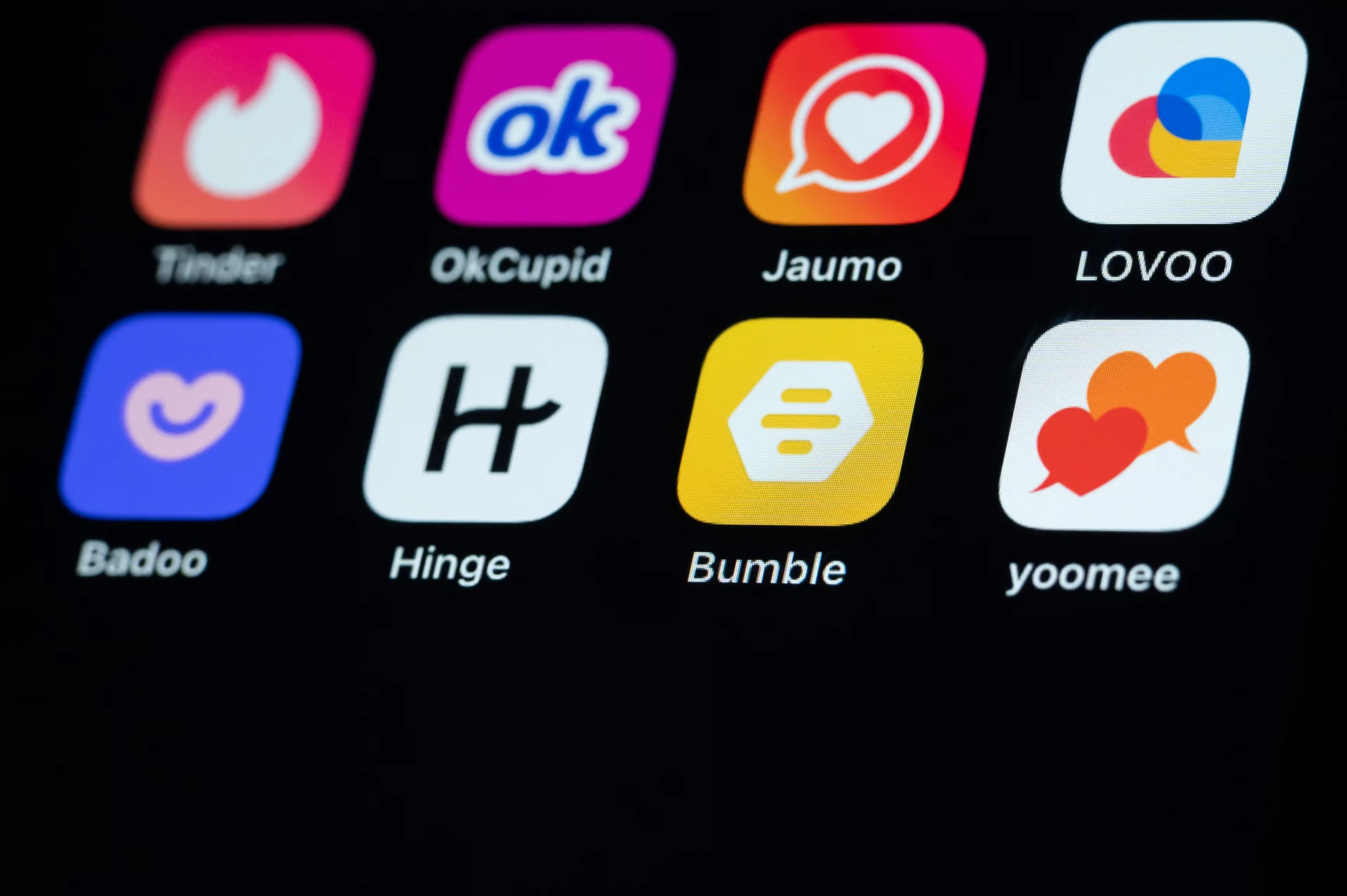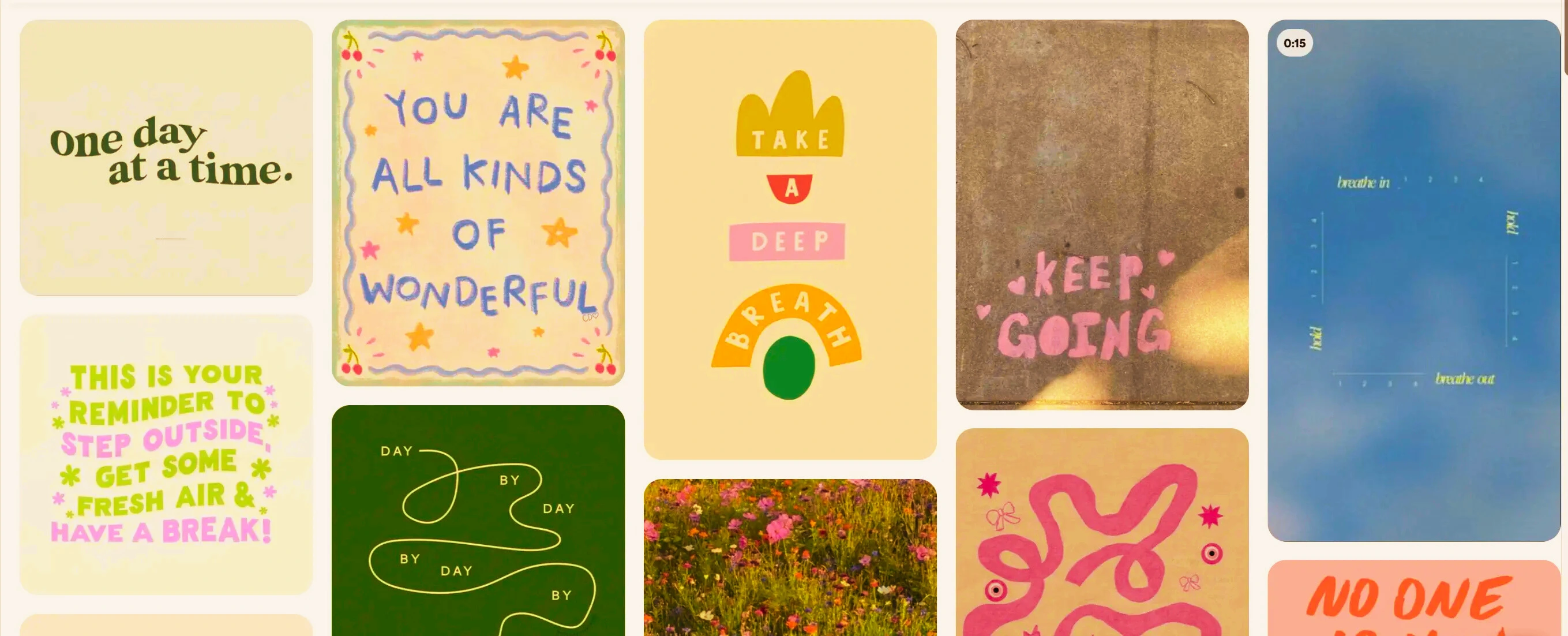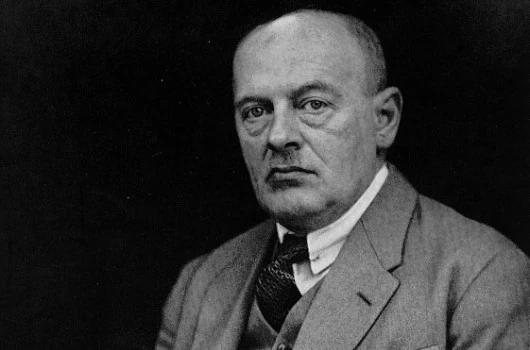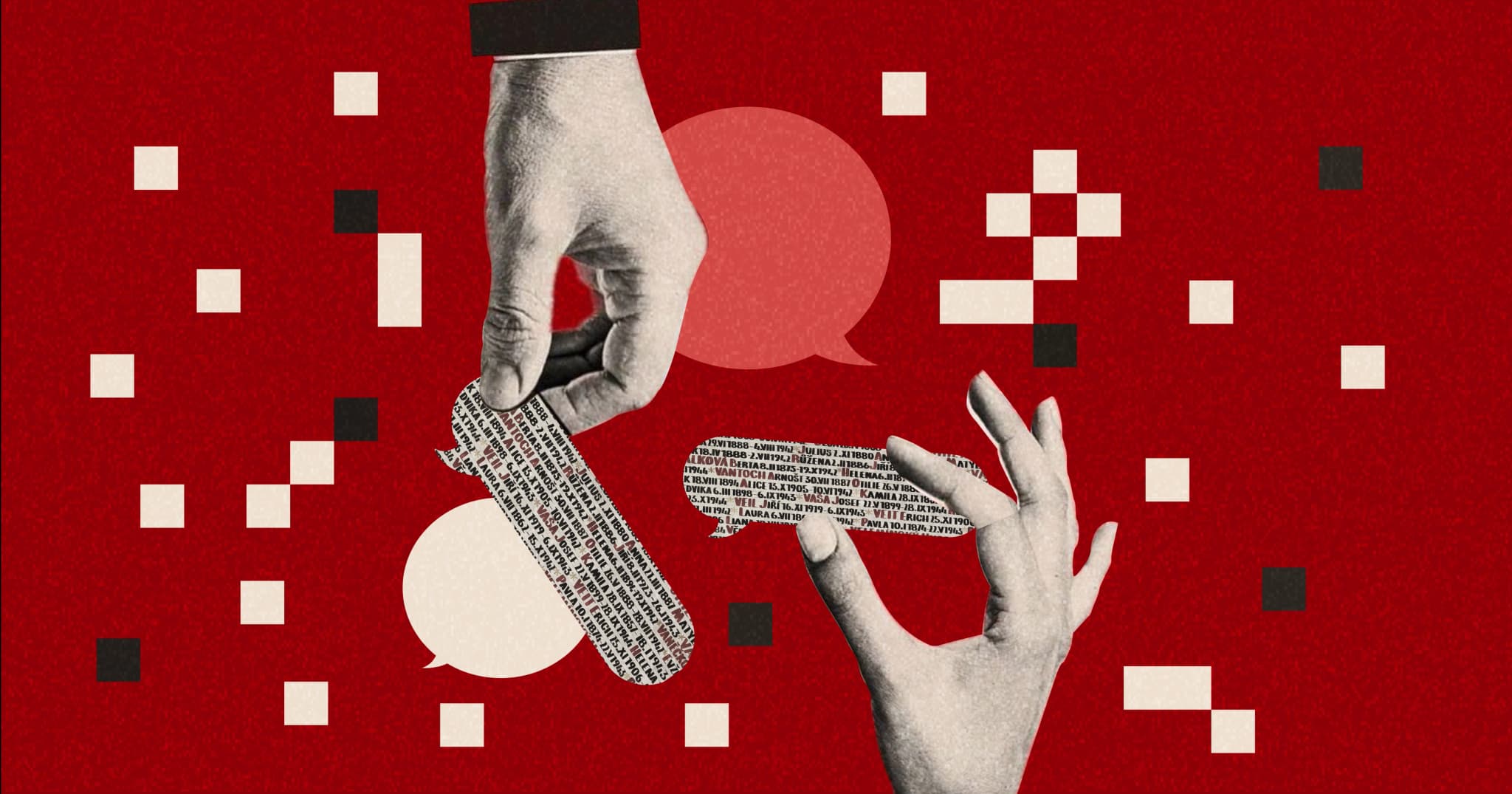We like to think communication is about talking. In reality, it’s about noticing. About tone. About pauses. About the things that never make it into texts or dating app prompts. And in a world where our friendships and romances are increasingly controlled by apps, emojis, and delayed responses, those small signals are becoming rare and precious.

I was sitting across from a friend (not one of those performative friendships where you only communicate in memes and mutually delayed voice notes, but an actual friend, someone who still notices a change in tone), and she was telling me about this date-gone-wrong, one of those algorithm-approved encounters where both parties have answered approximately 400 questions about favorite snacks, politics, and love languages but still manage to entirely misunderstand each other in under 45 minutes.
She took a sip of her drink, and said, almost pleadingly, “I just wish people would say what they mean. Clearly.”
And I nodded. Because how do you not nod at something like that?
It’s common sense. It’s adult. It’s supposedly enlightened and emotionally literate and communication-101 and all the other Pinterest-poster values we’re supposed to aspire toward. But something inside me flinched.

Because saying what you mean, clearly, assumes you know what you mean, and that you can translate it, uncorrupted, through language, this wildly imperfect, glitchy, communal hallucination of meaning, into someone else’s neural network. Which is like expecting to tweet how you’re grieving in 280 characters and have someone feel it the same way you do when it hits you at 2:47 am in a stairwell with bad lighting.
Try explaining grief efficiently. Try expressing love without stuttering. Try resolving conflict without silence, stumbles, or the strange pauses where two people try to actually hear each other.
You can’t. You shouldn’t.
Humans didn’t evolve to text feelings in bullet points.
Our ancestors didn’t schedule “hard conversations” in Google Calendar slots with optional Zoom links. And they definitely didn't put the pros and cons of dating them in a Notion doc.
They sat around fires. They told stories that looped and wandered and contradicted themselves. They listened with their entire bodies. They used silence the way we use exclamation points. They watched each other’s faces shift like weather and waited for the truth to arrive, not as a perfectly worded sentence but as a realization.
The best communicators, the ones who actually move people, still do this. Even in a world that punishes slowness.
Why Communication Fails
We often treat communication breakdowns as minor missteps. A wrong word here, a misread tone there. But communication mostly fails when:
- We assume a shared context that isn’t simply there.
- We listen to reply, not to understand.
- We speak with the goal of performing, not connecting.
- We prioritize speed and clarity over patience and nuance.
It also fails because of emotional mismatches. When one person seeks empathy and the other offers solutions. Or because of cultural differences in expression, or individual differences in processing a given context.
There was a week I hit a blocker on a task, and instead of asking for help, I tried to figure it out myself.
I didn’t want to bother anyone. Everyone’s busy.
But two days later, I still didn’t have a solution, and now I was behind and nervous. When I finally flagged it, my manager told me we could’ve unblocked this in 10 minutes if she had been involved earlier. I realized I was still unclear about remote work. Remote doesn’t mean invisible. It means being even more intentional about raising flags early, not when it’s urgent, but when it’s useful.
Behavioral science shows us that communication is influenced by more than just context, i.e., cues, and subconscious frames. When we share our feelings, people pay more attention to how we say it. According to psychologist and researcher Albert Mehrabian, only 7% of how much someone likes us comes from the words we speak. The tone of our voice makes up 38%, and our facial expressions matter the most, about 55%.

But what makes communication actually work?
Elements of Effective Communication
There are no hard and fast rules. Communication breaks not because we don’t know the words, but because we forget what words are supposed to do.
Real clarity comes from speaking the language of others; in a way the other person can understand. Attention is rare because it costs something—time, energy, presence—and that’s why it matters.
Timing is underrated. The truth, delivered too early or too late, can feel like a lie. Tone is your body speaking before your mouth does. And then there’s assertiveness; the quiet ability to say “no” without guilt. It’s all about protecting your boundaries without crossing someone else’s.
Empathy is the only real bridge between people.
Philosopher Max Scheler described empathy as the apperception or intuitive understanding of another person's thoughts and feelings.

The everyday attempt to understand another person’s thoughts or feelings is called empathic inference. Some researchers call it "mentalizing" or "theory of mind., whereas empathic accuracy is about how good we are at getting those guesses right. In fact, a 2011 poll by Marist Poll found that over one in four Americans chose mind reading as the superpower they’d want most. People who are empathically accurate are skilled at understanding what others are really thinking or feeling.
Like most skills, empathic inference can be learned.
If you've come this far and are still curious, stay tuned.
In Part 2, we’ll explore how to become a great communicator with the help of pretty damn good pop culture examples.

.webp&w=2048&q=75)

